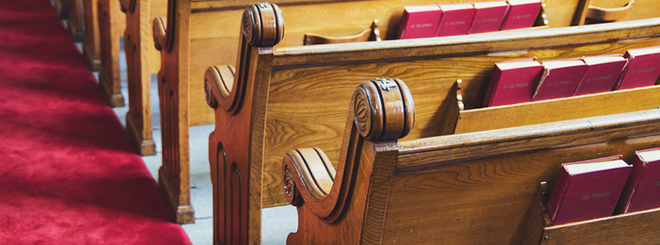Mutual aid in the 21st Century
A living expression of faith

What does mutual aid look like in the 21st century?
This is a question I’ve reflected on deeply, both from my personal journey of faith and from what I see unfolding around us today. I believe mutual aid is not simply a nostalgic practice from the early church, but a living, adaptive expression of Christian discipleship in every era – including our own.
My journey with mutual aid began when I encountered Christ as a college student. Coming to faith radically reoriented my life. As I immersed myself in Scripture, I was particularly struck by the vivid description in Acts 2 and 4 of a new community where believers shared freely, ensuring that “there was no needy person among them.” This vision of a Spirit-formed community, bound together across lines of culture and class, continues to shape my understanding of what it means to follow Jesus.
Throughout Scripture, mutual aid is a constant refrain. The Sabbath economics and Jubilee teachings of the Old Testament, the calls to “love one another” throughout the New Testament, and the simple charge in 1 John – if you see a brother or sister in need and do not help, how can the love of God be in you? – all speak to a life where caring for one another is not optional. It is the evidence of our faith.
In every generation, faithful communities have embodied this call. The Anabaptist tradition, in particular, has nurtured a rich practice of mutual aid – from barn raisings to the formation of Mennonite Central Committee. Organizations like Everence® carry this spirit forward today through efforts like COVID-19 relief grants, pastoral financial wellness programs, and expanded Sharing Fund ministries.
Mutual aid is not just about emergency relief. It is about mutual responsibility, shared life, and a deep commitment to the flourishing of all. During the COVID-19 pandemic, I witnessed mutual aid networks springing up across the country – neighbors delivering groceries, tutoring students, helping those facing eviction. Often these grassroots expressions of solidarity drew in people, especially younger generations, seeking a tangible way to live out values of community and justice – sometimes more readily through mutual aid circles than through the institutional church.
For the church, this is both a challenge and an opportunity. We are called not simply to offer charity from a place of power, but to enter into mutual partnerships of care, support, and shared transformation. Creative expressions of mutual aid today include congregations pooling stimulus checks to help families in need, offering debt forgiveness, building tiny homes for transitional housing, and repurposing church property for community service.
As I reflect on these possibilities, I keep returning to a simple question: What is the “living water” we have to offer our communities?
Each congregation, each faith community, has gifts – resources, relationships, spaces, creativity – that can be offered in ways that reflect God’s love and provision.
No single community can do everything. But we can all do something. Mutual aid, rooted in the example of Jesus, invites us to reimagine what faithful stewardship, community, and witness can look like today.
